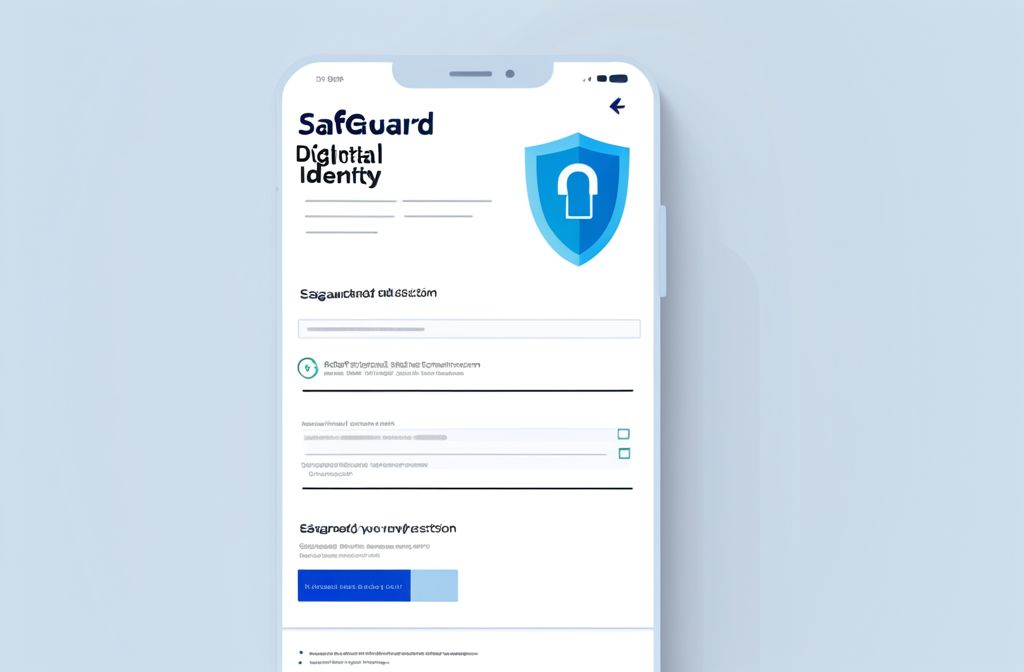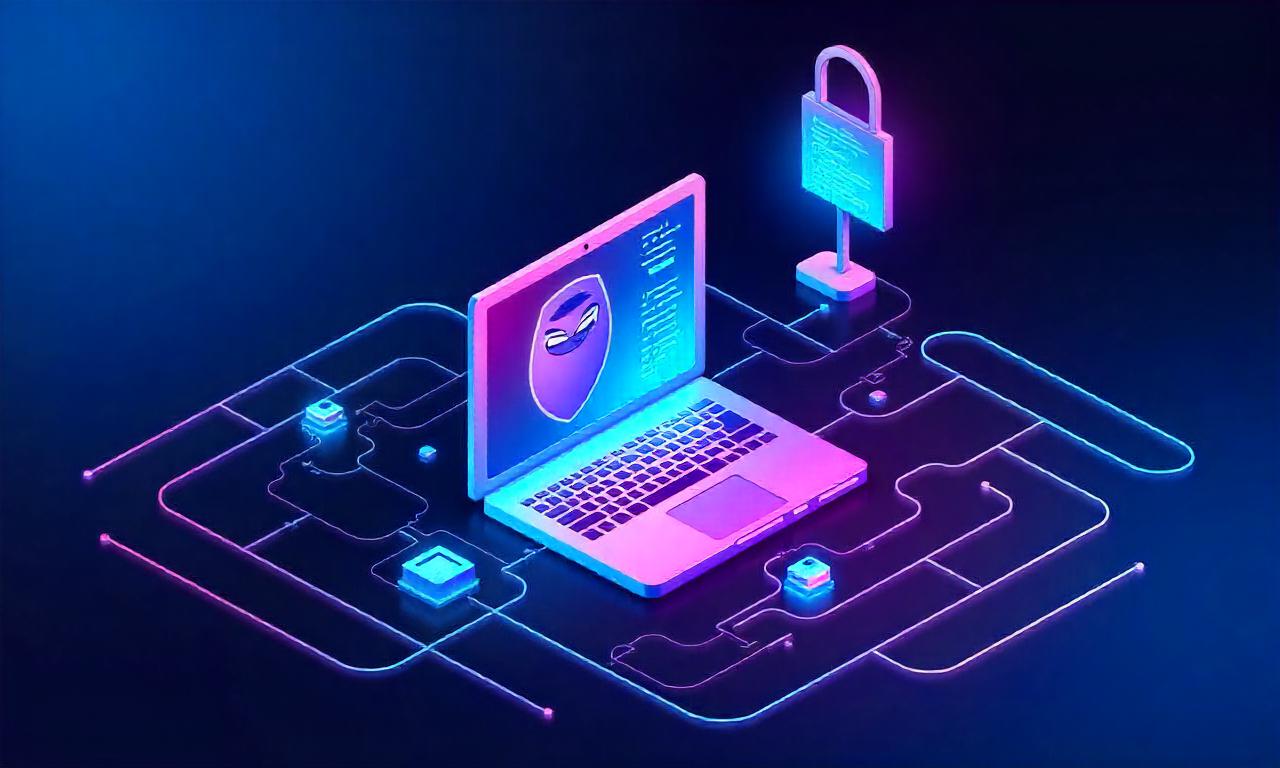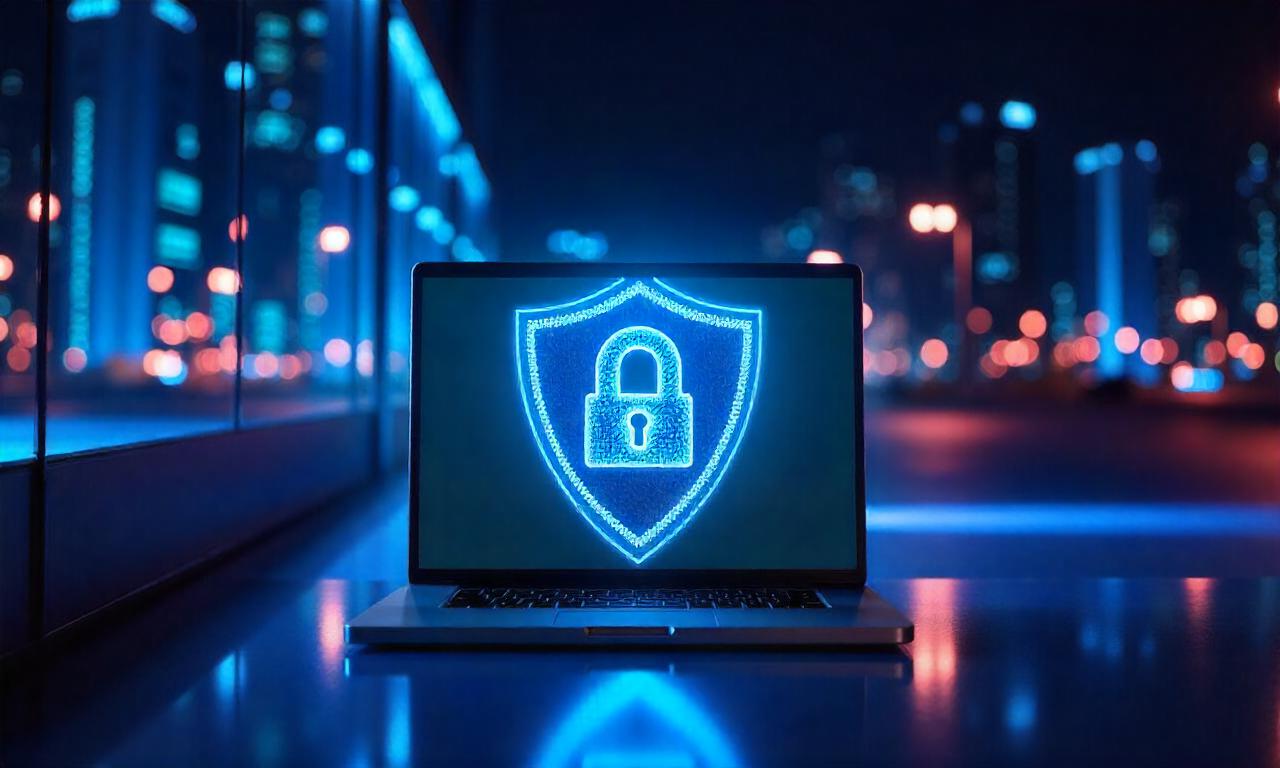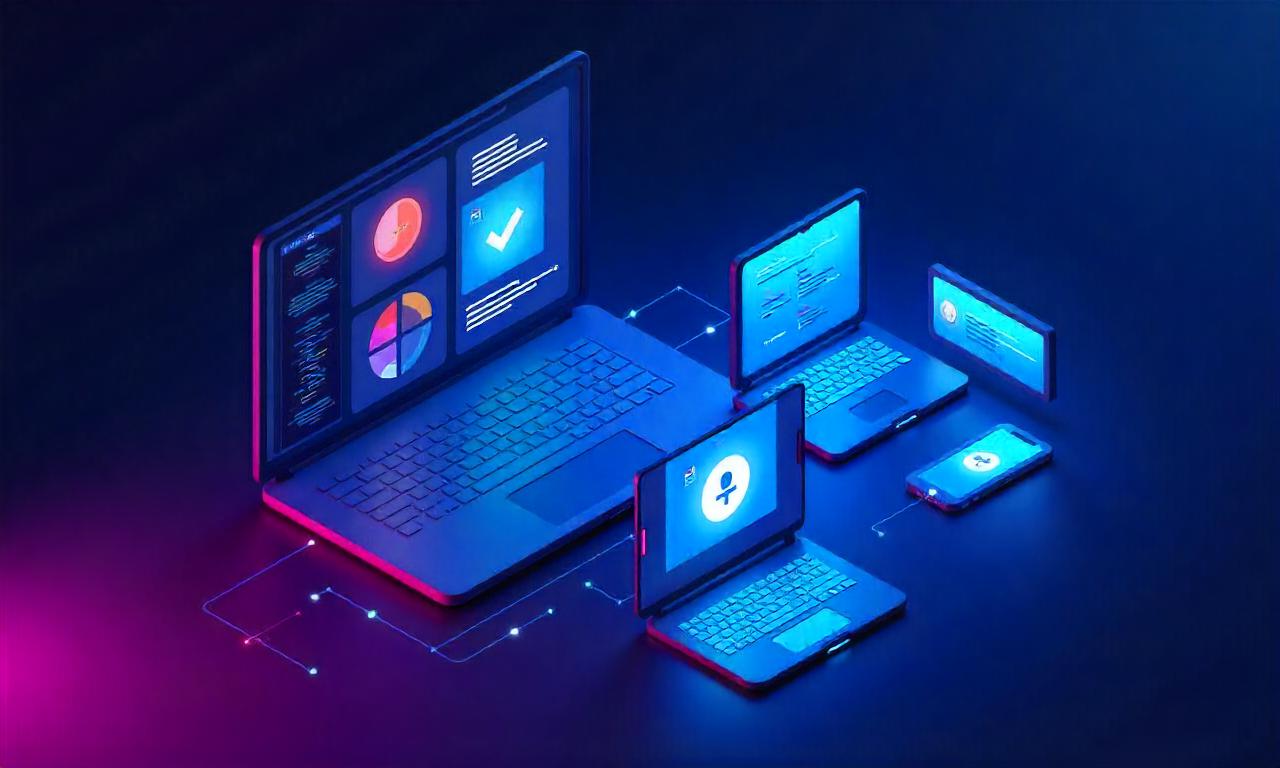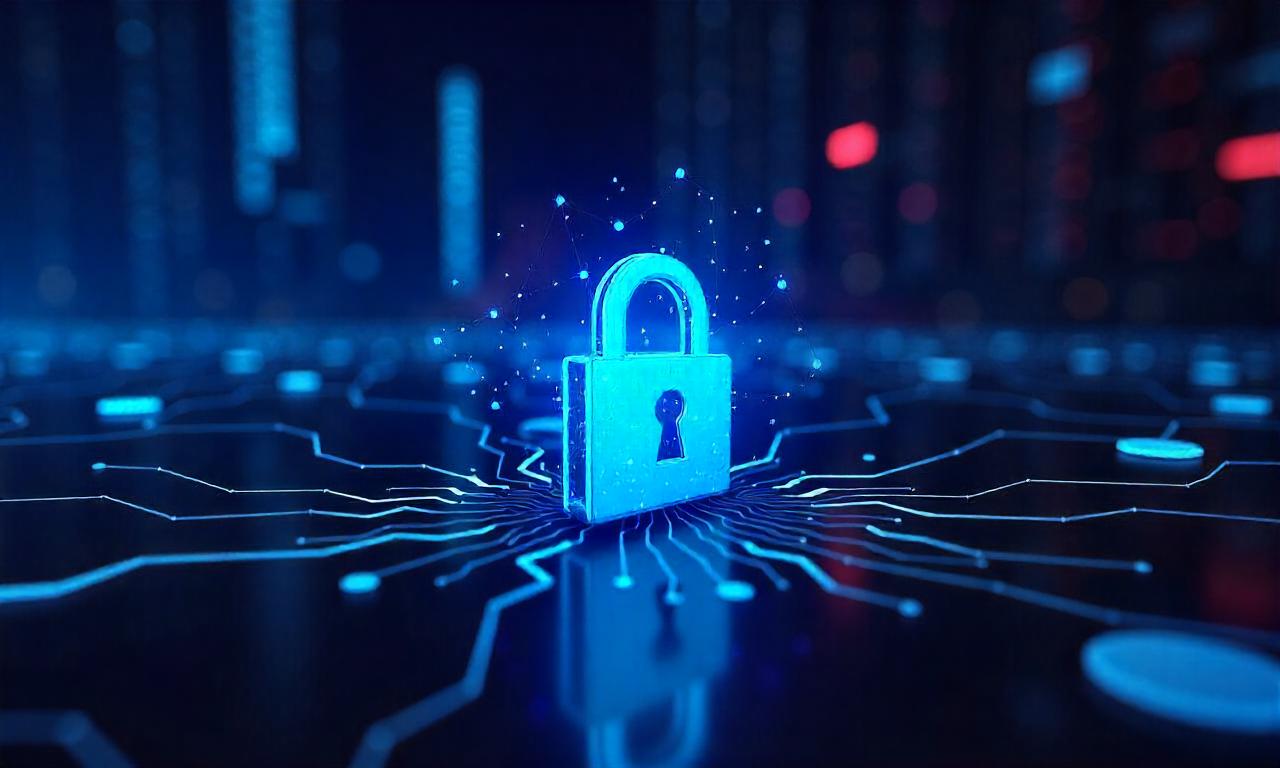Table of Contents
ToggleUnderstand Your Digital Footprint
Every action we take online—whether it’s posting on social media, signing up for a newsletter, or making an online purchase—contributes to our digital footprint. This footprint contains sensitive information that can be tracked, analyzed, and even exploited by cybercriminals or data brokers.
To start, it’s crucial to assess your current online presence. Google your name and see what information is publicly accessible. Are your personal details, email addresses, or even past locations visible? If so, it’s time to clean up and limit unnecessary exposure.
Next, review the privacy settings on your social media accounts and online services. Platforms often update their policies, sometimes making your data more accessible than you’d expect. Adjust settings to restrict who can see your information and remove any old or unused accounts that may still store sensitive data.
Strengthen Your Passwords and Authentication
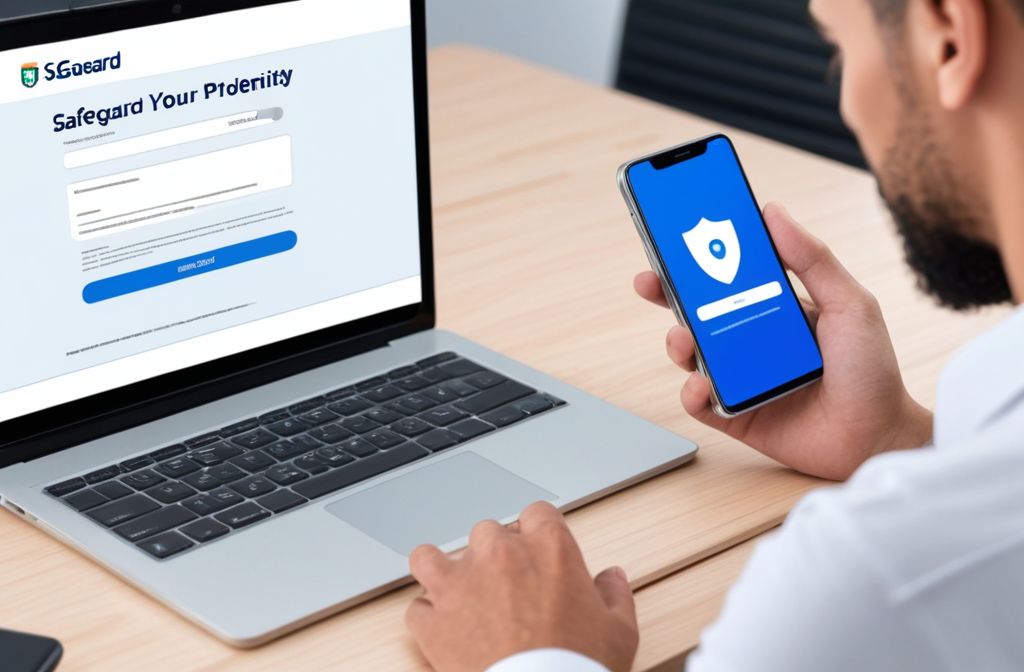
One of the simplest yet most effective ways to protect your online identity is by using strong, unique passwords for each account. Many people still rely on easy-to-guess passwords, making them vulnerable to cyberattacks.
A strong password should be at least 12-16 characters long and include a mix of letters, numbers, and symbols. Avoid using obvious choices like birthdates, pet names, or common words. Instead, use a password manager to generate and store complex passwords securely.
Additionally, enable two-factor authentication (2FA) wherever possible. 2FA adds an extra layer of security by requiring a second verification step, such as a text message code or authentication app. This makes it significantly harder for hackers to access your accounts, even if they obtain your password.
Beware of Phishing and Online Scams
Cybercriminals frequently use phishing scams to trick users into revealing personal information, passwords, or financial details. These scams often appear as legitimate emails, messages, or websites, making them difficult to detect.
To avoid falling victim, always verify the sender’s email address before clicking on links or downloading attachments. Be cautious of urgent messages claiming your account is compromised or requesting immediate action—these are classic phishing tactics.
Whenever possible, visit websites directly instead of clicking on email links. If you receive an unexpected message from a bank or service provider, contact them directly through their official website or phone number to confirm its legitimacy.
Secure Your Devices and Networks
Your devices and internet connections play a crucial role in maintaining your digital privacy. If your smartphone, tablet, or computer is compromised, your personal information could be at risk.
Start by ensuring all your devices are running the latest software updates. Cybercriminals exploit vulnerabilities in outdated systems, so keeping your software and apps up to date is essential for security.
Next, secure your home Wi-Fi network with a strong password and encryption settings. Avoid using public Wi-Fi networks for sensitive transactions, as these are prime targets for hackers. If you must use public Wi-Fi, consider a Virtual Private Network (VPN) to encrypt your internet traffic and protect your data from prying eyes.
Limit Data Sharing with Companies and Apps
Many websites and apps request excessive permissions, collecting data that isn’t necessary for their services. This information can be sold to third parties or become a target for cybercriminals.
Before downloading an app or signing up for a service, review its privacy policy and required permissions. If an app asks for access to your contacts, microphone, or location without a valid reason, reconsider using it.
Additionally, opt out of unnecessary data collection by adjusting your privacy settings on platforms like Google, Facebook, and Apple. Many companies allow you to manage or delete collected data, giving you more control over your online footprint.
Monitor Your Digital Identity Regularly
Even with strong security measures in place, continuous monitoring is necessary to detect potential threats. Identity theft can go unnoticed until it’s too late, leading to financial losses and reputational damage.
Consider using credit monitoring services to receive alerts if your personal information appears in suspicious activity reports. Many services also track the dark web for leaked credentials, allowing you to take immediate action if your data is compromised.
Additionally, check your financial statements and online accounts frequently. Unusual transactions, login attempts, or security alerts could indicate unauthorized access. Acting quickly can help mitigate potential damage.
Conclusion
Protecting our digital identity is an ongoing process that requires awareness, vigilance, and proactive security measures. By managing our digital footprint, using strong passwords, avoiding phishing scams, securing our devices, and monitoring our online presence, we can significantly reduce the risk of identity theft and cyber threats.
The internet is an essential part of our daily lives, but it doesn’t have to come at the cost of our privacy and security. By implementing these best practices, we can safeguard our digital identity and enjoy a more secure online experience. sadadaadas

